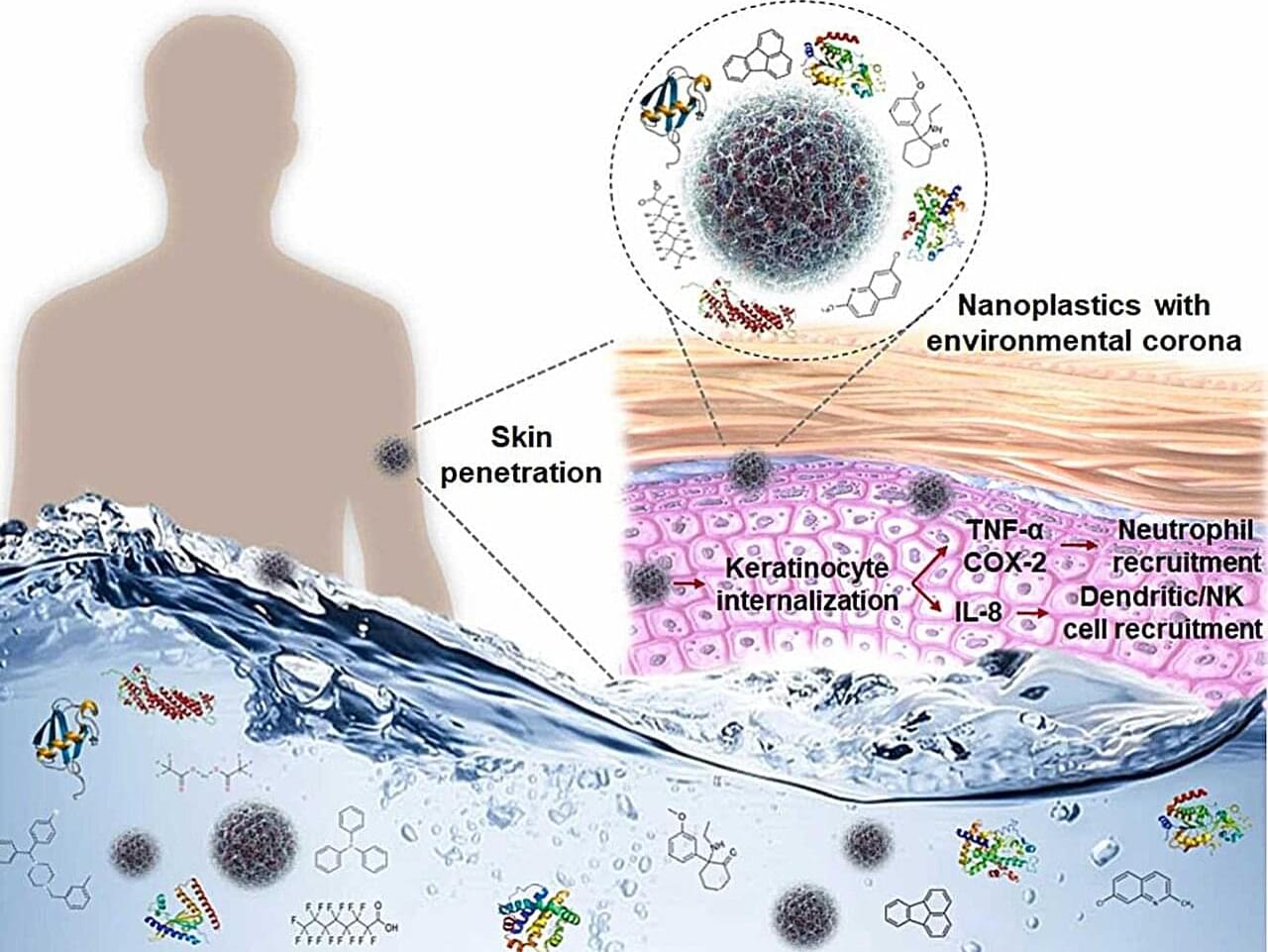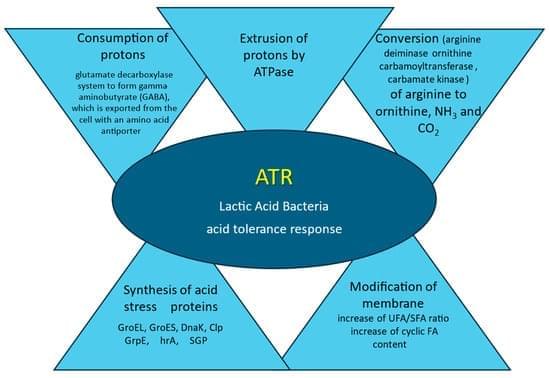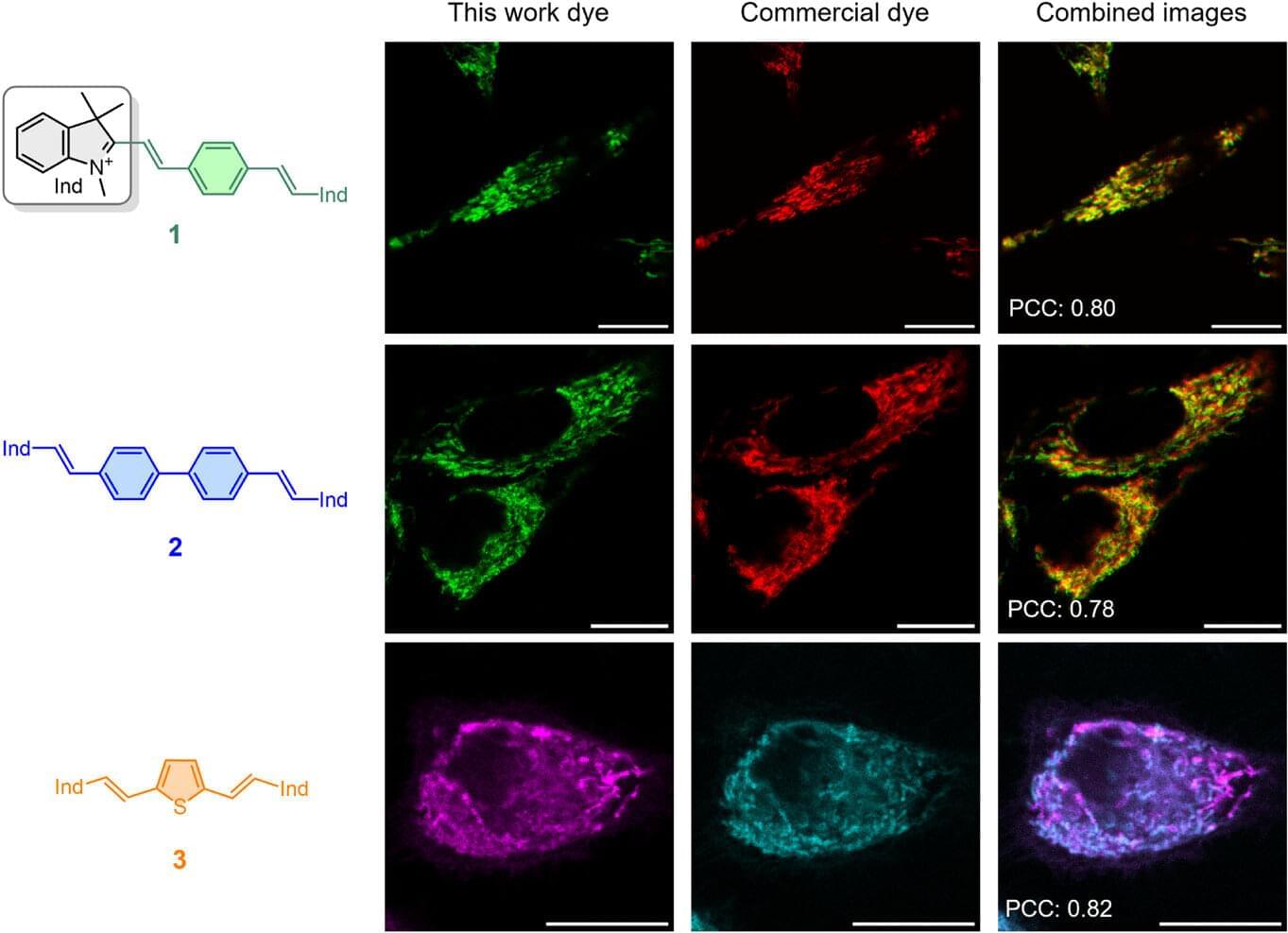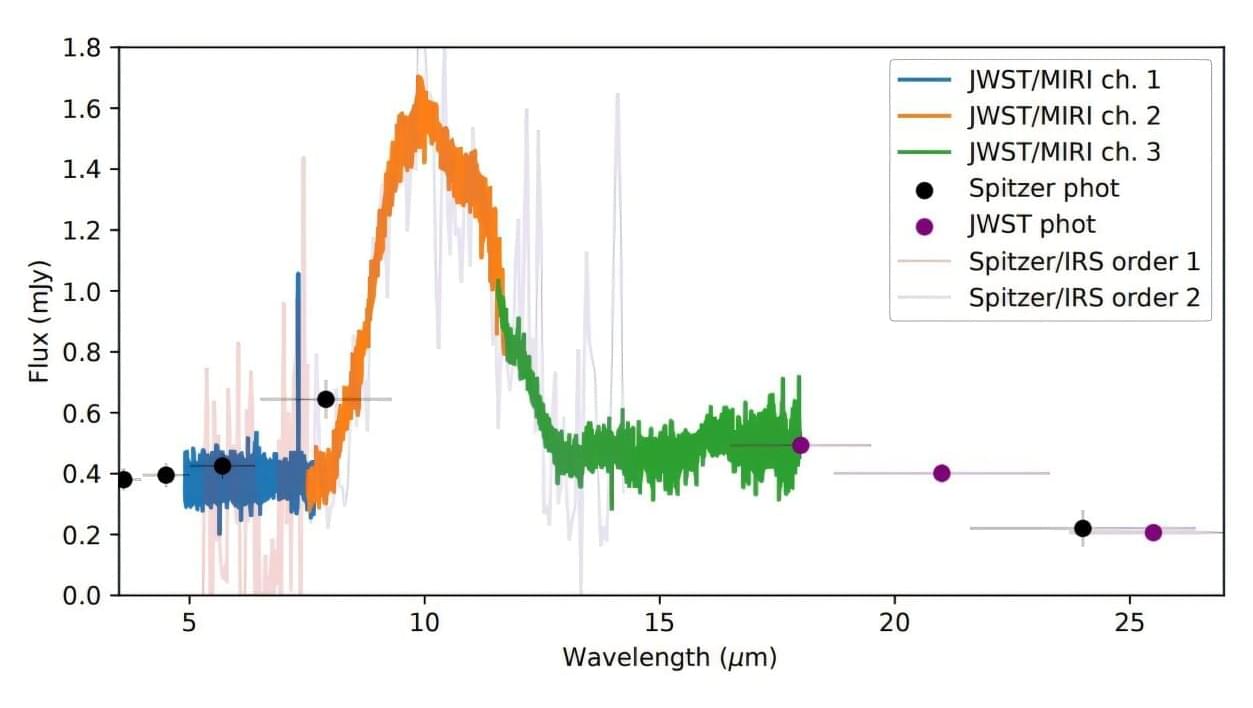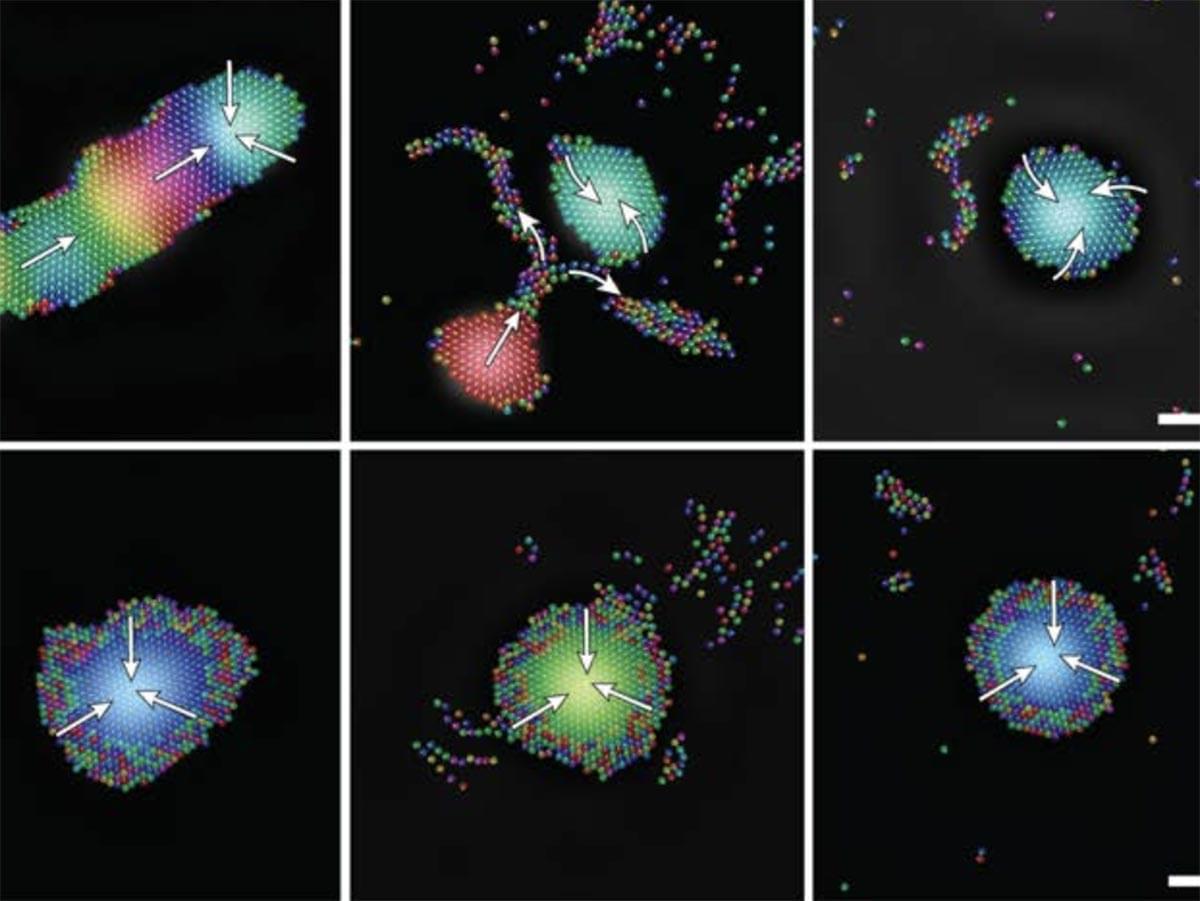Encryption technologies are vital in today’s digital landscape to protect sensitive information from hackers and prevent fraud. While cutting-edge encryption has been developed for data, sophisticated protection for physical objects such as high-value products, access cards and documents has lagged behind until now.
Scientists have now developed a new hydrogel that acts as an unclonable physical tag. The work is published in the journal Advanced Materials.
Physical items are easily copied or faked because their built-in security tags are often weak or simple to clone. To solve this security gap, a team of researchers from China first mixed two chemicals together: polypyrrole, which conducts electricity; and polystyrene sulfonate, a flexible polymer. The result was a soft, conductive, jelly-like substance.



